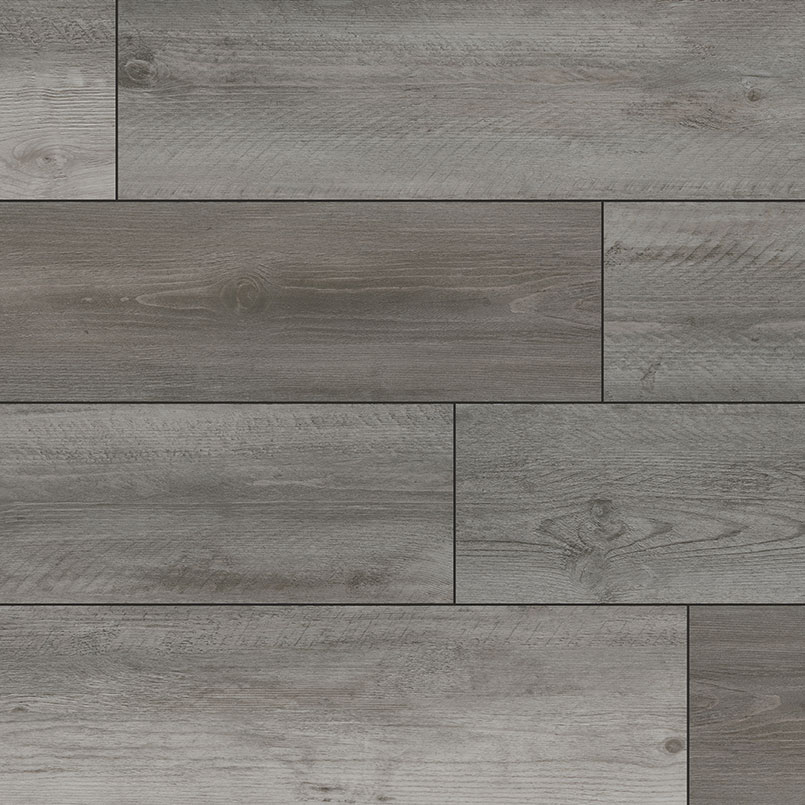Easy Basement Flooring: Practical Solutions for Below-Ground Spaces
Basements present unique flooring challenges due to moisture, temperature fluctuations, and uneven surfaces. Choosing the right material ensures durability and comfort without complicated installation. Ideal options include moisture-resistant vinyl, interlocking tiles, and epoxy coatings, which handle dampness better than traditional hardwood. These materials require minimal subfloor preparation, saving time and effort. Homeowners seeking a functional yet attractive basement floor should prioritize waterproofing, ease of maintenance, and affordability. With the right choice, even a below-grade space can become a cozy living area or functional storage zone.
Luxury Vinyl Plank: The Go-To Basement Flooring
Luxury vinyl plank (LVP) is a top choice for basements due to its waterproof core and realistic wood or stone visuals. Unlike solid hardwood, LVP won’t warp from moisture, making it ideal for below-ground spaces. Its click-lock installation allows for floating floors that don’t require glue or nails. The padded backing adds comfort underfoot and reduces noise. Available in various styles and price points, LVP provides an easy-to-install, low-maintenance solution that withstands basement conditions while enhancing aesthetics.
Interlocking Tiles: A DIY-Friendly Basement Option
Interlocking rubber or foam tiles offer the simplest basement flooring solution, requiring no adhesives or professional help. These tiles snap together effortlessly, creating a seamless surface over concrete. Rubber tiles provide durability and slip resistance, ideal for home gyms, while foam tiles add cushioning for play areas. Some designs mimic wood or stone for a more polished look. Since they’re removable, interlocking tiles are perfect for renters or those who want temporary flooring. Their affordability and ease of installation make them a practical pick.
Epoxy Coatings: A Durable, Low-Maintenance Finish
For homeowners who prefer a seamless, industrial-style basement floor, epoxy coatings deliver unmatched durability. This liquid-applied solution bonds directly to concrete, creating a waterproof, stain-resistant surface. Epoxy resists cracks and can be customized with colors or decorative flakes. While professional application yields the best results, DIY kits are available for smaller projects. Though hard underfoot, epoxy is ideal for workshops, laundry rooms, or garages where easy cleaning and longevity matter most.
Engineered Wood: A Compromise for Warmth and Stability
Those desiring real wood in basements should consider engineered wood, which resists moisture better than solid planks. Its layered construction minimizes expansion and contraction, reducing warping risks. Proper installation over a moisture barrier is crucial. While pricier than vinyl, engineered wood adds natural warmth to finished basements. Avoid using it in flood-prone areas, but in climate-controlled spaces, it provides a stylish, comfortable flooring alternative without the hassle of traditional hardwood.
Ceramic and Porcelain Tile: Moisture-Resistant and Stylish
Tile is a classic basement flooring option due to its imperviousness to water and ease of cleaning. Porcelain tiles, denser than ceramic, offer extra durability against cracks and stains. Large-format tiles minimize grout lines, reducing maintenance. While tile feels cold, radiant heating systems can add comfort. Installation requires a level subfloor and professional help for best results. For homeowners prioritizing longevity and moisture resistance, tile is a reliable, though labor-intensive, basement flooring solution.
Carpet Tiles: Softness Without the Hassle
Carpet tiles combine the coziness of carpet with basement-friendly practicality. Individual tiles can be replaced if damaged, avoiding full-floor replacements. Moisture-resistant backings prevent mold growth, and many options are stain-treated. They install quickly with adhesive or interlocking systems, making them DIY-friendly. While not ideal for very damp basements, carpet tiles work well in finished, climate-controlled spaces where comfort is a priority, such as home theaters or lounges.
Painted Concrete: The Most Budget-Friendly Option
For ultra-low-cost basement flooring, painted concrete offers a simple, customizable solution. Specialized concrete paints and stains create colorful or decorative finishes while sealing the surface. Though hard and cold, area rugs can add warmth. Proper surface prep—cleaning, etching, and priming—ensures paint adhesion. While not as comfortable as other options, painted concrete suits utilitarian spaces like storage rooms or workshops where cost and ease trump plushness.
Key Considerations for Basement Flooring
Before selecting basement flooring, assess moisture levels with a plastic sheet test to check for condensation. Address any leaks or humidity issues first. Choose materials that handle dampness, like vinyl or tile, over vulnerable options like solid wood. Insulate floors if coldness is a concern. For DIYers, prioritize easy-install systems like interlocking tiles or LVP. Balancing practicality, budget, and desired aesthetics ensures a successful basement flooring project.
Transforming Your Basement with the Right Flooring
The best basement flooring combines functionality with style, turning an underutilized space into a valuable part of the home. Moisture-resistant, easy-to-install materials like vinyl plank or epoxy make the process stress-free. Whether creating a guest suite, home gym, or entertainment area, the right floor lays the foundation for comfort and durability. By matching the flooring to the basement’s purpose and conditions, homeowners can achieve a polished, long-lasting result without excessive cost or effort.
White bathroom renovation, board and batten White bathroom, Bathroom renovation, Wainscoting
Basement Bathroom Basement Kitchenette Designs Unfinished Basement Lighting Ideas Basement
Related Posts:






